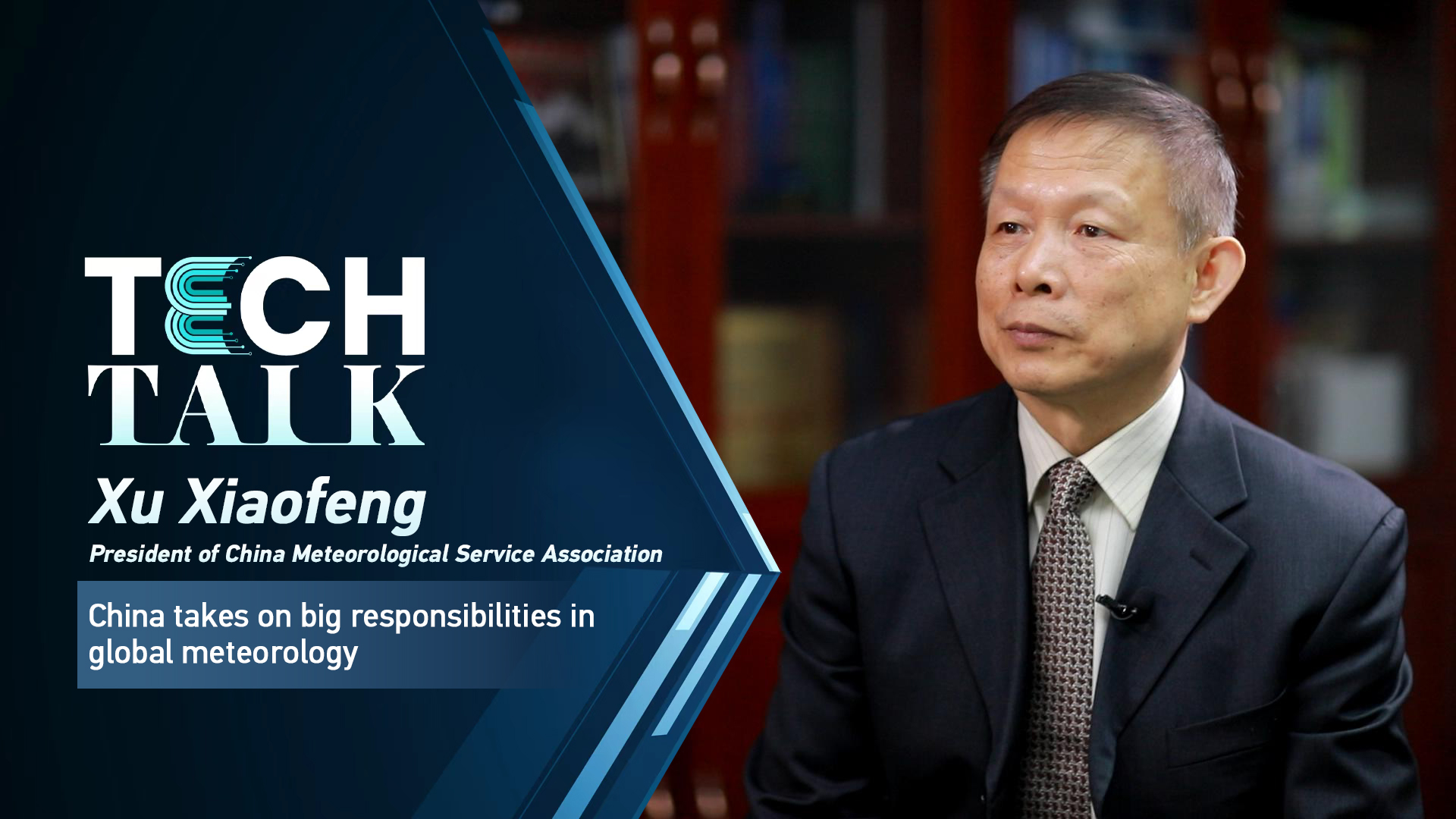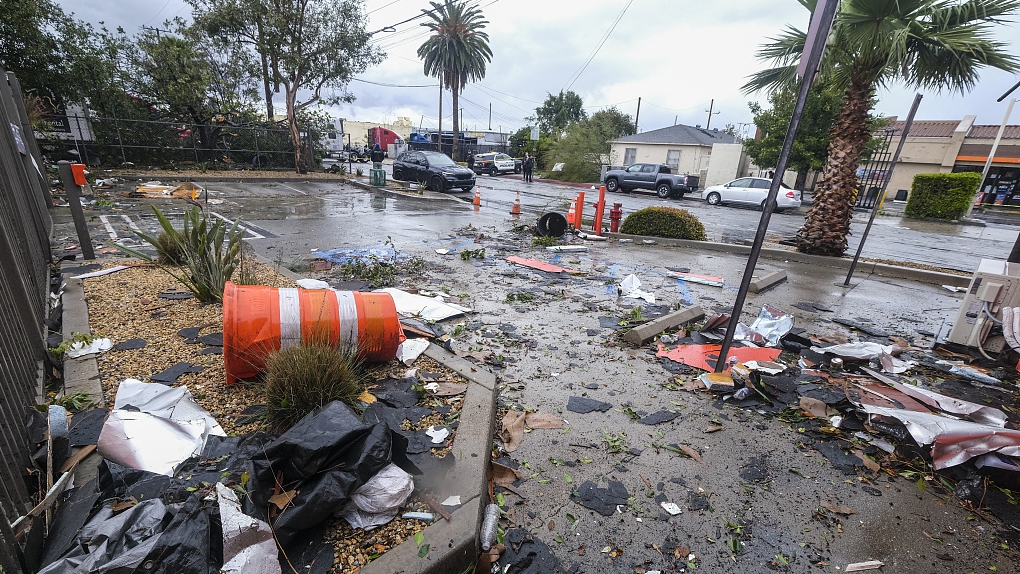05:13

China has taken on big responsibilities since it joined the World Meteorological Organization (WMO) by providing satellite services and sharing data with the world, said Xu Xiaofeng, president of the China Meteorological Service Association.
"Besides data from satellites, China's automatic stations, climate stations and rawinsonde stations for observation are sending hundreds or thousands of real-time data points to the world every day," Xu told CGTN.
Every March 23 marks World Meteorological Day. The theme for this year is "The Future of Weather, Climate and Water across Generations."
Xu believes the theme is a call for human beings to take the road of future orientation sustainable development.
The Intergovernmental Panel on Climate Change's Sixth Assessment Report points out that human activities have caused an impact on nature, including the atmosphere, the ocean, the cryosphere, and the biosphere.
"Human activities should not harm the future for the sake of the present," Xu said.
Applications of meteorological technology in China

A model of China's Fengyun meteorological satellite. /CFP
A model of China's Fengyun meteorological satellite. /CFP
Xu, the former deputy director of the China Meteorological Administration, said that meteorological technology is mainly used for observation, data processing, and forecasting.
"We use satellites, radar and automatic detection equipment to collect meteorological data," he said. "China is at the world's most advanced levels in this field."
"Our Fengyun-1, 2, 3 and 4 are a series of meteorological satellites that gets a lot of international attention," Xu said, adding that the Fengyun satellites are providing services to more than 120 countries and territories.
Xu told CGTN that China is also using communication network computing and information technology for data processing.
"We need to integrate the data, to make it into useful information," he said.
He also mentioned the country's forecasting technology.
"We put the data into computers for high-speed calculations according to the laws of mathematics, physics, chemistry and thermodynamics," Xu said. "This is a major trend at the moment."
Challenges brought by extreme weather

Debris is seen after a strong microburst damaged several buildings, Montebello, California, March 22, 2023. /CFP
Debris is seen after a strong microburst damaged several buildings, Montebello, California, March 22, 2023. /CFP
The world has seen a rise in extreme weather in recent years and these events are predicted to become even more frequent. Xu thinks this poses obvious challenges to weather services.
"First of all, the difficulty of forecasting increases. It's easy to forecast something that always happens, but hard to forecast extreme situations," he said.
Extreme weather also creates difficulty to meteorologists in terms of research.
"The background of extreme weather is climate change, which involves not only changes in the atmosphere, but also changes to the cryosphere, hydrosphere and biosphere, and includes the impact of human activities," Xu said. "It's a combined effect of a series of systems, which creates difficulty. We can't just look at one system."
China Meteorological Service Association launched an innovation platform last year to provide technical support to their member enterprises.
"The enterprises are good at understanding the market... but they lack technical support," said Xu. "We want to help these enterprises, which directly face the market, to have stronger technical support."
The president said the enterprises are also willing to provide expenditure for us to organize this kind of technological support.
"It's a part of China's system of scientific and technological innovation," he said.
Videographer: Ma Tianwen
Video editor: Guo Meiping
Graphic designer: Li Yueyun